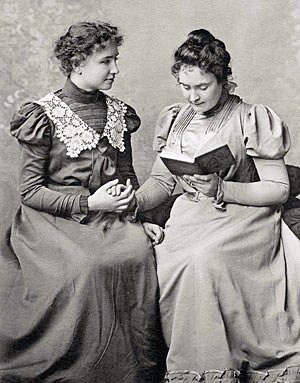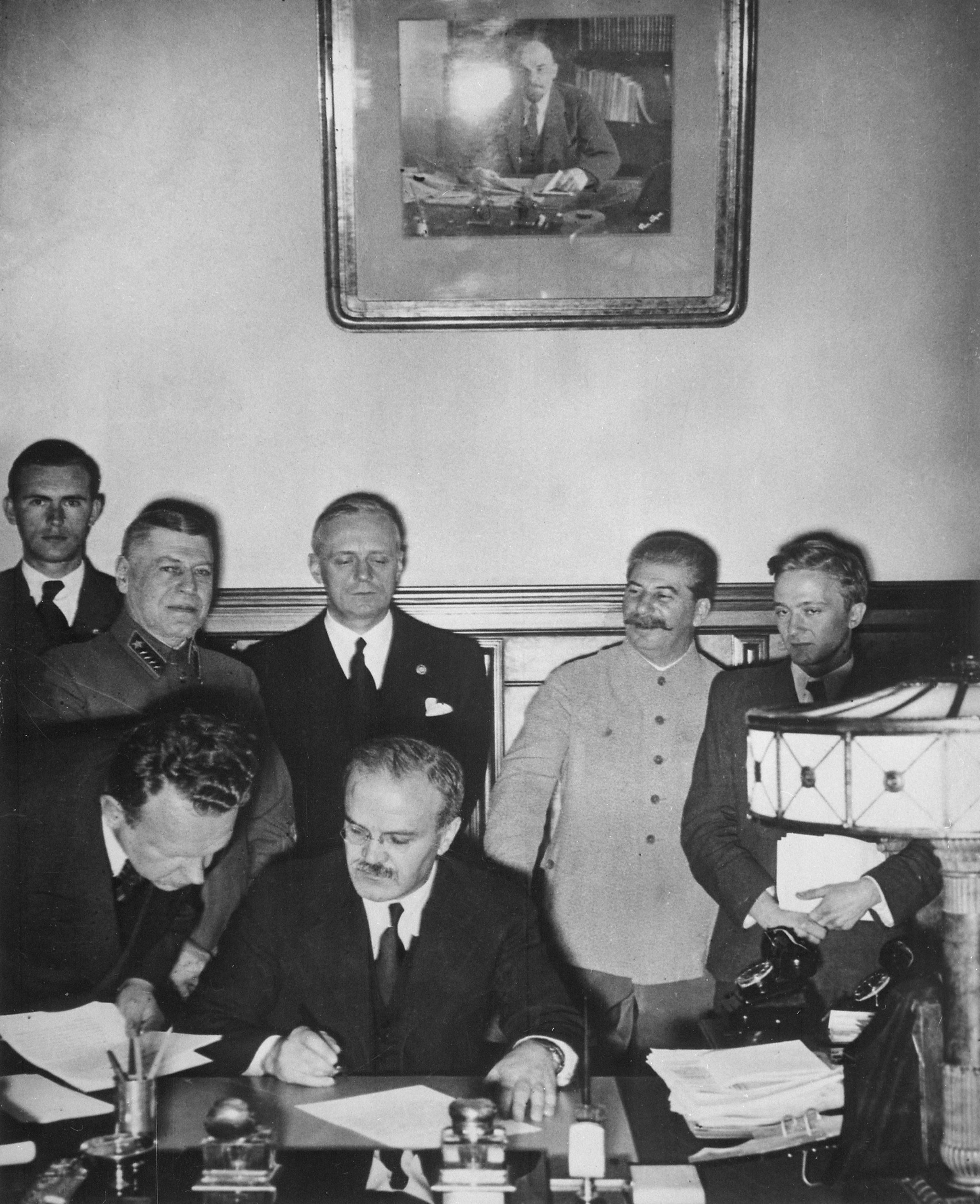|
Ludwik Malinowski (resistance)
Ludwik Malinowski (nom de guerre Lew of Przebraze, 1887-1962) was a Polish resistance fighter. Biography He was born in 1887 in the village of Ksawerów near Łódź, was a Polish Resistance fighter. As a teenager he worked in a textile factory in Łódź. In 1910, drafted to the Imperial Russian Army, went to Yaroslavl on the Volga river, where he served in the 181st Regiment. During World War I, Malinowski was wounded, then voluntarily joined the 1st Polish Regiment of the Krechowce Uhlans. In 1919 he settled in the Volhynian village of Przebraze, where worked as a farmer, but also was an activist of the Polish Socialist Party. In the fall of 1939, following German and Soviet aggression on Poland, Volhynia was incorporated into the Soviet Union. Thousands of Poles were forcibly deported to Siberia and other areas of the empire. Malinowski was spared. On June 22, 1941, Germany attacked Soviet Union. New wave of terror in Volhynia began, this time the Soviets were repl ... [...More Info...] [...Related Items...] OR: [Wikipedia] [Google] [Baidu] |
Ksawerów, Pajęczno County
Ksawerów is a village in the administrative district of Gmina Sulmierzyce, within Pajęczno County, Łódź Voivodeship Łódź Voivodeship (also known as Lodz Province, or by its Polish language, Polish name ''Województwo łódzkie'' ) is a province-Voivodeships of Poland, voivodeship in central Poland. It was created on 1 January 1999 out of the former Łódź ..., in central Poland. References Villages in Pajęczno County {{Pajęczno-geo-stub ... [...More Info...] [...Related Items...] OR: [Wikipedia] [Google] [Baidu] |
Gestapo
The (), abbreviated Gestapo (; ), was the official secret police of Nazi Germany and in German-occupied Europe. The force was created by Hermann Göring in 1933 by combining the various political police agencies of Prussia into one organisation. On 20 April 1934, oversight of the Gestapo passed to the head of the '' Schutzstaffel'' (SS), Heinrich Himmler, who was also appointed Chief of German Police by Hitler in 1936. Instead of being exclusively a Prussian state agency, the Gestapo became a national one as a sub-office of the (SiPo; Security Police). From 27 September 1939, it was administered by the Reich Security Main Office (RSHA). It became known as (Dept) 4 of the RSHA and was considered a sister organisation to the (SD; Security Service). During World War II, the Gestapo played a key role in the Holocaust. After the war ended, the Gestapo was declared a criminal organisation by the International Military Tribunal (IMT) at the Nuremberg trials. History Af ... [...More Info...] [...Related Items...] OR: [Wikipedia] [Google] [Baidu] |
1962 Deaths
Year 196 ( CXCVI) was a leap year starting on Thursday (link will display the full calendar) of the Julian calendar. At the time, it was known as the Year of the Consulship of Dexter and Messalla (or, less frequently, year 949 ''Ab urbe condita''). The denomination 196 for this year has been used since the early medieval period, when the Anno Domini calendar era became the prevalent method in Europe for naming years. Events By place Roman Empire * Emperor Septimius Severus attempts to assassinate Clodius Albinus but fails, causing Albinus to retaliate militarily. * Emperor Septimius Severus captures and sacks Byzantium; the city is rebuilt and regains its previous prosperity. * In order to assure the support of the Roman legion in Germany on his march to Rome, Clodius Albinus is declared Augustus by his army while crossing Gaul. * Hadrian's wall in Britain is partially destroyed. China * First year of the '' Jian'an era of the Chinese Han Dynasty. * E ... [...More Info...] [...Related Items...] OR: [Wikipedia] [Google] [Baidu] |
1887 Births
Events January–March * January 11 – Louis Pasteur's anti- rabies treatment is defended in the Académie Nationale de Médecine, by Dr. Joseph Grancher. * January 20 ** The United States Senate allows the Navy to lease Pearl Harbor as a naval base. ** British emigrant ship '' Kapunda'' sinks after a collision off the coast of Brazil, killing 303 with only 16 survivors. * January 21 ** The Amateur Athletic Union (AAU) is formed in the United States. ** Brisbane receives a one-day rainfall of (a record for any Australian capital city). * January 24 – Battle of Dogali: Abyssinian troops defeat the Italians. * January 28 ** In a snowstorm at Fort Keogh, Montana, the largest snowflakes on record are reported. They are wide and thick. ** Construction work begins on the foundations of the Eiffel Tower in Paris, France. * February 2 – The first Groundhog Day is observed in Punxsutawney, Pennsylvania. * February 4 – The Interstate Commerce A ... [...More Info...] [...Related Items...] OR: [Wikipedia] [Google] [Baidu] |
Władysław Filar
Władysław Filar (18 July 1926 – 13 August 2019) was a Polish historian, academic and a soldier of the 27th Home Army Infantry Division. Filar was born in Iwanicze Nowe in Volhynia, Poland (now Ukraine). During the Second World War, he fought against the Germans in Volhynia in Operation Tempest, and defended Polish villages against the Ukrainian Insurgent Army. In 1956, he completed the Academy of General Staff and in 1963 received a doctorate in Military History. He habilitated in 1970 and became associate professor in 1973. He authored up to 120 historical and military publications. Filar also organized a series of historical seminars: "Poland – Ukraine: difficult questions" (1996–2001). Filar latterly served as the vice-chairman of Volhynia County, World Union of Home Army. He died in Warsaw on 13 August 2019, at the age of 93. Awards and decorations * Cross of Valour * Partisan Cross * Polish Army Medal, three times * Home Army Cross The Cross of the Home Army ... [...More Info...] [...Related Items...] OR: [Wikipedia] [Google] [Baidu] |
History Of Poland (1939–1945) The history of Poland from 1939 to 1945 encompasses primarily the period from the invasion of Poland by Nazi Germany and the Soviet Union to the end of World War II. Following the Molotov–Ribbentrop Pact, German–Soviet non-aggression pact, Poland was invaded by Nazi Germany on 1 September 1939 and by the Soviet Union Soviet invasion of Poland, on 17 September. The campaigns ended in early October with Germany and |


